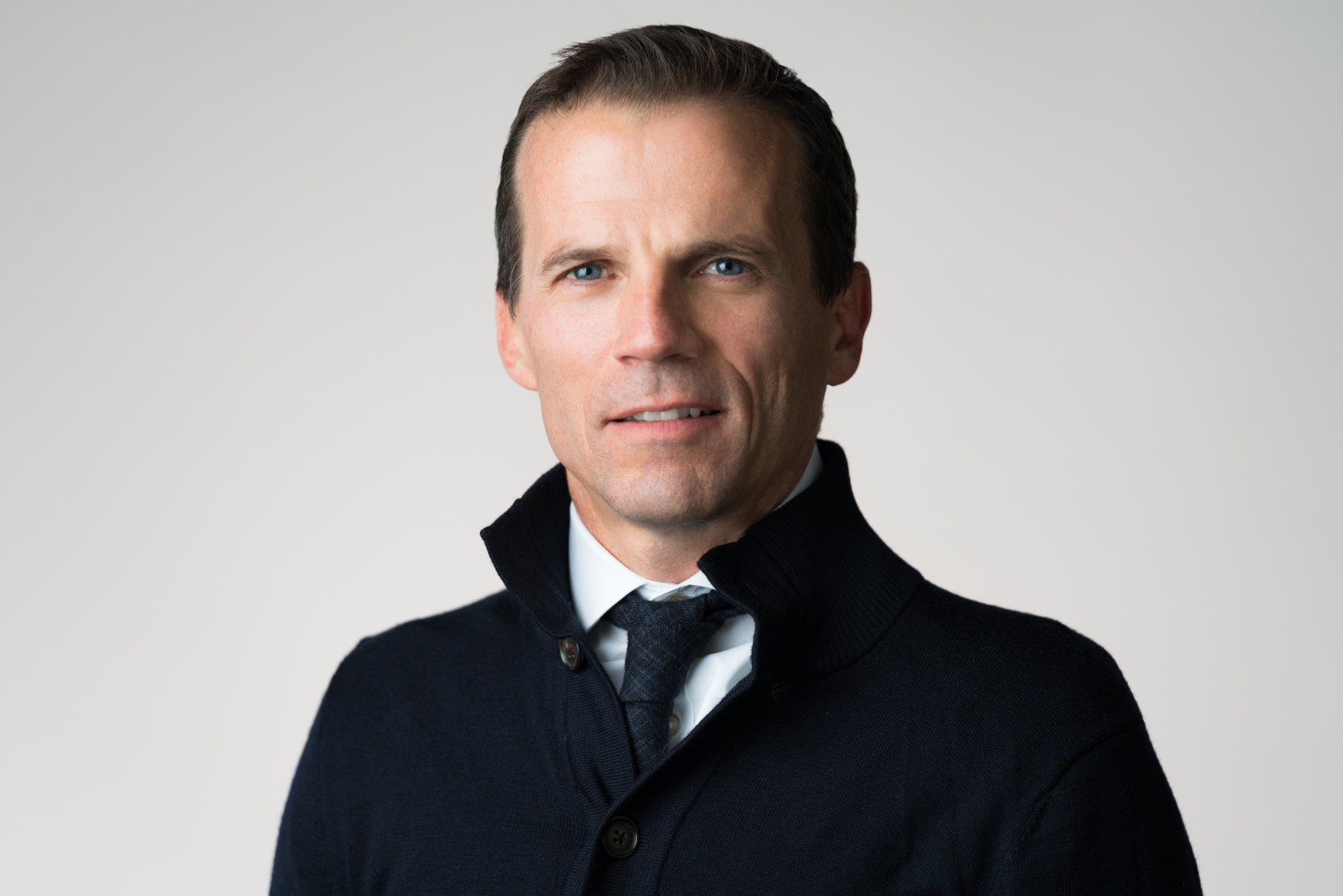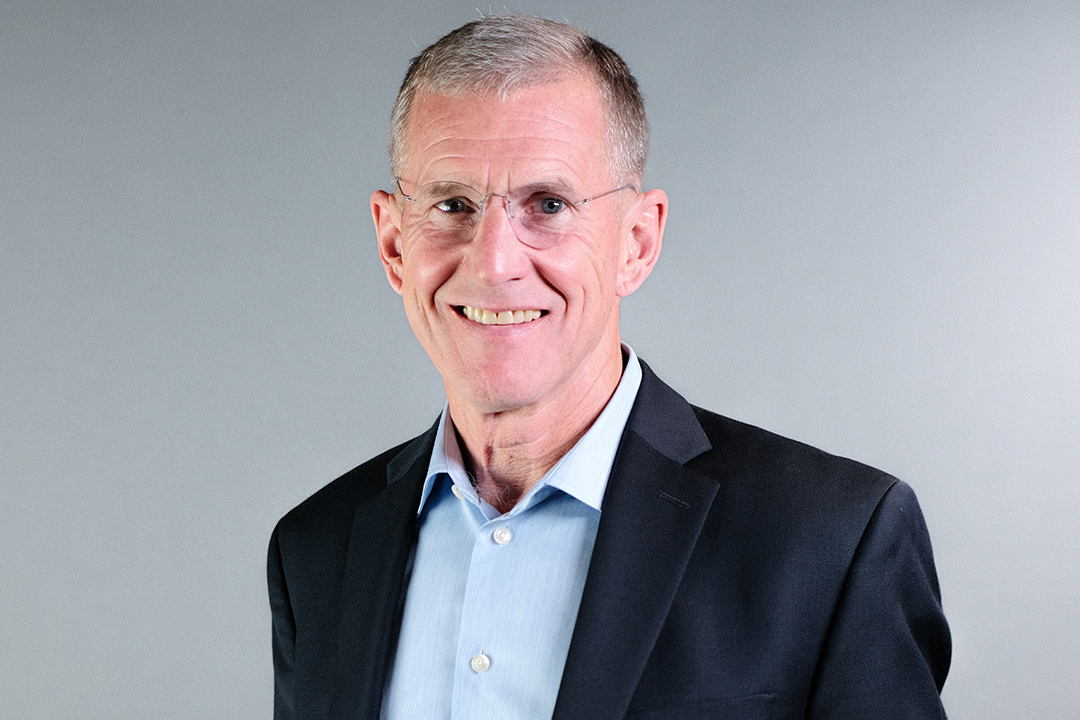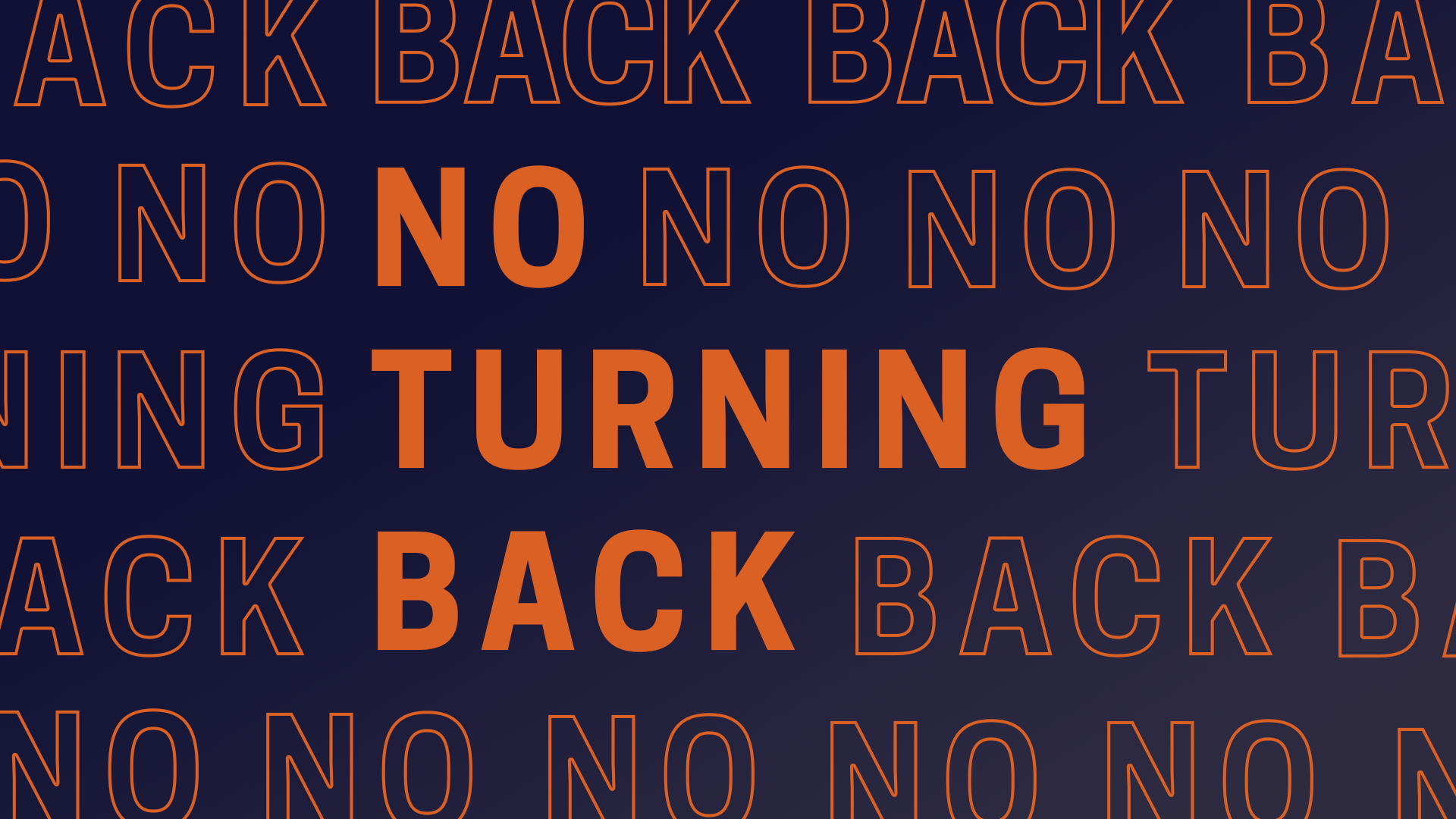Part one in our series on building organizations for what comes after COVID-19 and why adaptability and resiliency are imperative for organizations to thrive in the new normal.
Almost two months ago, the world recognized it was in a crisis. A pandemic is a unique sort of crisis—acute, global, exponential, and blind to your race, class, or passport. As a leader who led through a different form of network-based crisis, I spent most of March speaking out about the role of a crisis leader. Like most crises of various shapes, the COVID-19 pandemic had a familiar response: first denial of the problem, then confusion about the severity of the problem, then slowness to muster the sort of response needed, and then an overwhelming response. We’re in the “overwhelming response” phase right now – if our leaders can maintain the persistence to see it through.
What comes after the overwhelming response is, perhaps, the most important chapter: forming a new sense of community, a new rhythm to our daily lives, a more resilient economy that adjusts for what we learned in COVID-19 and places us in a stronger position for the future.
What I learned in my career of leading organizations in crisis is that the future is shaped by the early movers: those leaders that transform an organization during crisis to be ready for the world to come. We’ll never know what that world is going to look like exactly, but you can forecast multiple outcomes and build an organization that maximizes adaptability and resilience for those outcomes.
Crisis multiplies the number of possible outcomes and increases the overall complexity of the operating environment - creating an imperative for organizations to have adaptable structures. Our team has been helping leaders and organizations build these for over a decade; across public and private sectors, we have guided organizations towards being resilient enough to change both their strategies and their execution quickly and effectively enough to respond to sudden, unpredictable changes and outcomes.
For the next 5 weeks, I’ll continue to work with my partner at McChrystal, Chris Fussell, on charting a course for those early movers. But unlike our March series on leading through a crisis, our series for beyond crisis will involve outside voices; we’ll bring you weekly video interviews with key leaders from consequential organizations about what they see, and what they’re doing.
And with that, I’ll turn it over to Chris to help frame up the mindset of leaders as they enter this next phase of shaping the future.
Part One: Imperative to change. Adaptable. Resilient.
What would you do differently if you couldn’t go home until we won?”
The first time I heard this question, I was a young officer in the SEAL Teams, posted at an outstation on the border of Afghanistan and Pakistan. The question came from the General who was in charge of our global counterterrorism task force, Stan McChrystal.
The room was nothing more than a plywood shack, hastily built to house our handful of operators and intelligence personnel. It was my fifth overseas deployment, but my first under his leadership, who had been working diligently to put the organization on an agile footing. But most in his organization, even new members like myself, were still in a “temporary” mindset. We’ll manage things differently during this crisis, then return to the norm.
But that simple thought experiment, what if you couldn’t go home, opened the conversation to entirely new ways of thinking. It was a primer for creative ideation, and a thoughtful wakeup call about the reality in front of us. Our old ways weren’t working; we’d brought a 20th century solution to a 21st century problem. We needed to find a new path to confront a new type of problem. There was no going back.
You should be asking the same question of yourself, and your teams. Leaders around the world, from small businesses to fortune 500, civil servants to elected officials, are all facing this new, stark reality. Winning or losing is on our shoulders to figure out, but there is no going back. We are in the ultimate before-and-after moment of our lives, and leaders must be focused on the “after,” not longing for the “before.” Those that wait will pay a price, perhaps an unrecoverable one. Those that move first will forge the road toward what our collective future will look like.
There are an unknowable number of follow-on effects that will evolve from this pandemic; social norms will look different, gatherings will take on new formal and informal rules, society’s view on travel has been upended. And of course, the impact on the world order, free trade, and the exchange of people and goods between countries may look permanently different. Your market, your clients, and your organizational culture will not go back to 2019 norms.
Through one lens, history is a story of adaptation. From teams to tribes, companies to nations, warfare to biology – we exist today because leaders throughout history adapted to the challenges of their time. So too will today’s best leaders find ways to adapt to this challenge. The road ahead will be neither simple nor short lived, and anything past 2nd or 3rd order effects is guesswork at this point. But the unpredictability of a complex problem by no means alleviates the role and responsibility of leaders; in fact, leadership is more critical now than ever.
During times of complex change, history’s best leaders do one thing with consistency. They step into the problem. At McChrystal, we are encouraging leaders to do exactly that: move as quickly as possible into this new reality, and create what comes after. We’re asking leaders to frame their thinking in three key areas:
- THE HERE: what adaptations are required to survive the next 6 months?
- THE NEXT: how do I weave resiliency into the core of my operating model so my organization can thrive in the coming 2-5 years?
- THE BEYOND: how can my organization contribute to the conversation about what our industry, and society more broadly, will look like on the backside of this moment?
In the coming days, McChrystal Group’s No Turning Back series will explore these three areas in greater depth. Each Monday, we’ll publish on these specific themes. Each Tuesday, we’ll release a video interview with a key senior leader from business, politics, or academia.
We’ll cover ideas that we think will be important to the questions we outlined above, including:
- A need to rethink the corporate strategic planning process into something more dynamic, accepting of uncertainty, and easily understood by all of your employees;
- Ways of communicating and sharing information that will build trust, create new networks across your organizations, and drive execution;
- A prioritization of coalition building between companies, governments, and non-profits that focus on community and city resilience;
- New ways of assessing, developing, and selecting talent & executives.
On that night many years ago, when Stan posed his question to our small team, the conversation moved quickly from quick-fix solutions to holistic redesign of the global enterprise he oversaw. We would structure ourselves differently. We would share information more aggressively. We would worry less about organizational affiliation. We would build highly-collaborative, interdisciplinary teams. We would push decision making to the edge of the organization. The list went on.
In hindsight, we were arguing for an organizational model designed for resiliency; one where networks of information sharing and cross-silo action could shore up the blind spots in a traditional bureaucracy. And the vast majority of those early ideas that he was collecting, from our team and many others, would be put into action in the years ahead.
The problem we’re now facing will eventually pass, but the new reality is here to stay. Leaders who use this moment to permanently adapt will set the direction for others to follow. And more importantly, they will position their organizations to quickly react if and as there are next waves of this crisis.
I asked Stan once what he’d found most challenging about his tour as commander of such a truly exceptional task force.
It was the moment I recognized we couldn’t win doing things the way we always had,” he said, “and that there was no one we could ask what to do . Changing the way we operated was up to us.”
Much like Stan posed to us, and many other small teams during that pivotal time of change, the onus is now on leaders in every sector to ask a similar question of their people. What if there is no turning back?
No one can know with precision what the future looks like. But the most dangerous mindset is one that hopes to navigate back to business as usual. The world we live in 5 years from now will be determined in large part by the first movers, the leaders with the courage to experiment and humility to know they’ll be wrong more times than they’re right and willing to face those odds. These next few months – the end of the beginning of the COVID-19 crisis – is the time to start building that future. Today is day 1, and there’s no turning back.




